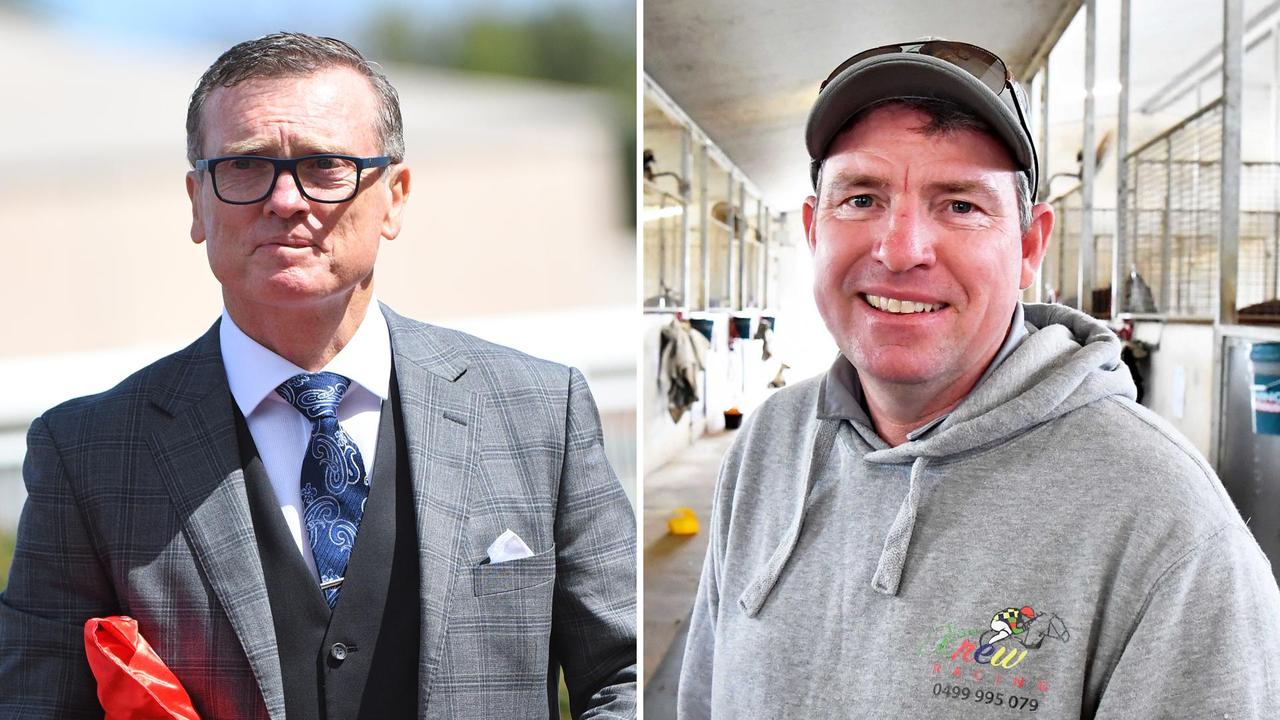Atiny snout poked out to widen the crack of the slowly break-ing eggshell. The Siamese crocodile was taking its time, lagging others that had already wriggled out, chirping, into the sand. Adults can be up to 13 feet long and weigh up to 770 pounds.
They have few natural predators. But these hatchlings — each roughly the size of a New York hotdog — are vulnerable and their chorus of shrill calls was a signal for mothers to protect them and for stragglers to catch up. Hor Vichet, a zookeeper at the noprofit Fauna and Flora's breeding center for the critically endangered reptiles in Cambodia's Phnom Tamao Zoo, broke the rest of the shell.
"It's time to go into the world," he said. On the comeback trail Siamese crocodiles are making an unlikely comeback. Once widespread across Southeast Asia, demand for leather made from their skins decimated wild populations in the past century.
Thousands were hunted or captured for breeding at farms. By the late 1990s, they were thought to be extinct. But a 2000 survey in the Cardamom Mountains in western Cambodia found a vestige of a wild population.
These misty rainforests were among the last strongholds of Khmer Rouge guerrillas who fought the government until 1999. That, combined with the reverence of local Indigenous communities, saved this lingering enclave of crocodiles. But they were still too few and too scattered to recover the population.
Captive breeding is key Conservationists realized that saving the species would require cap.


















